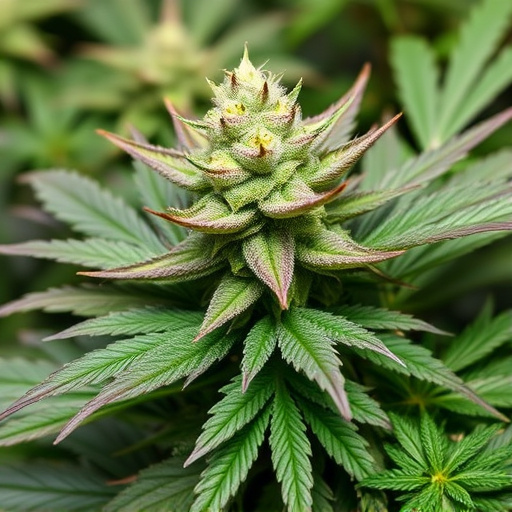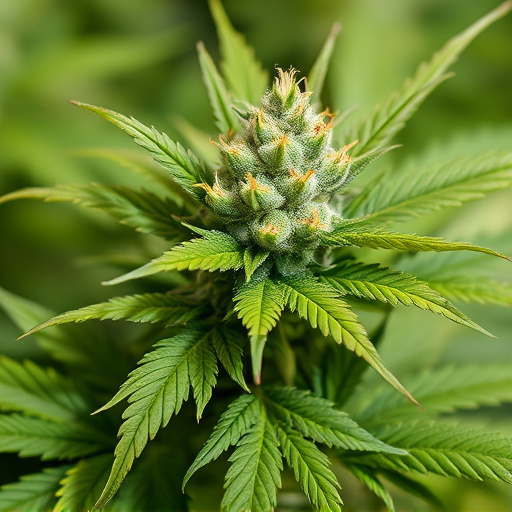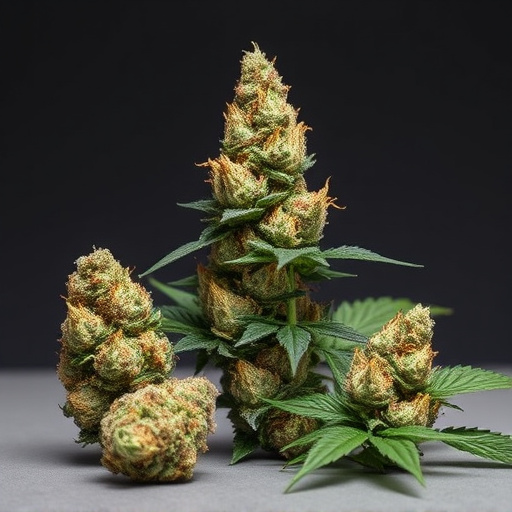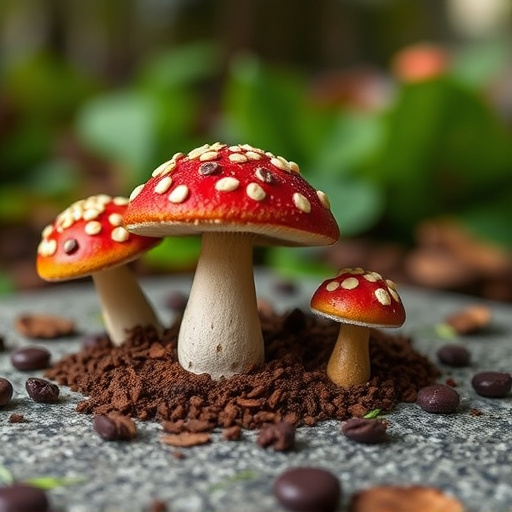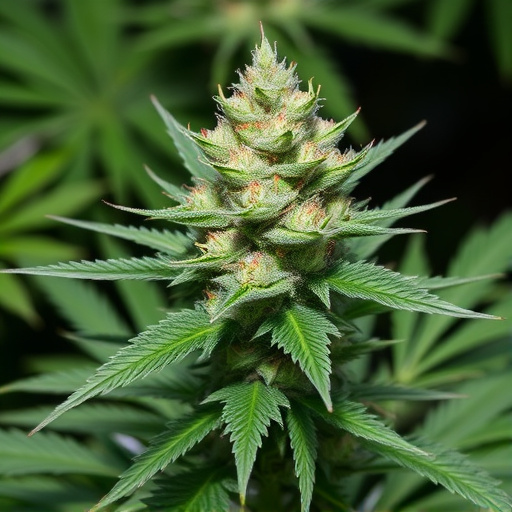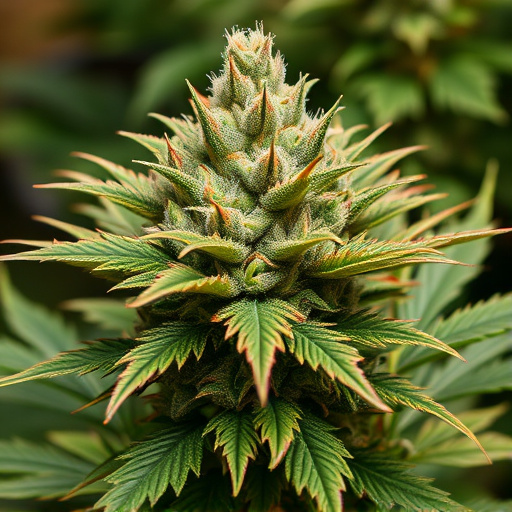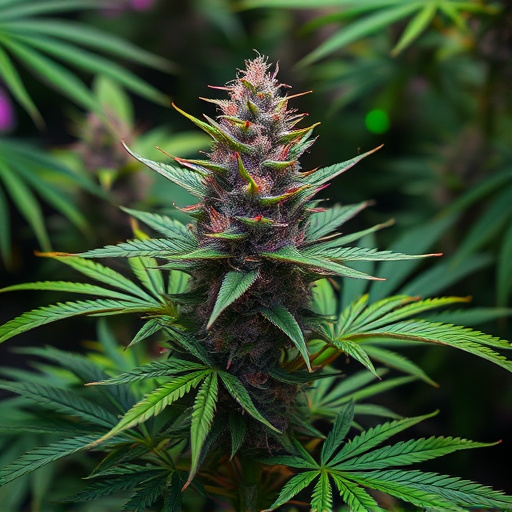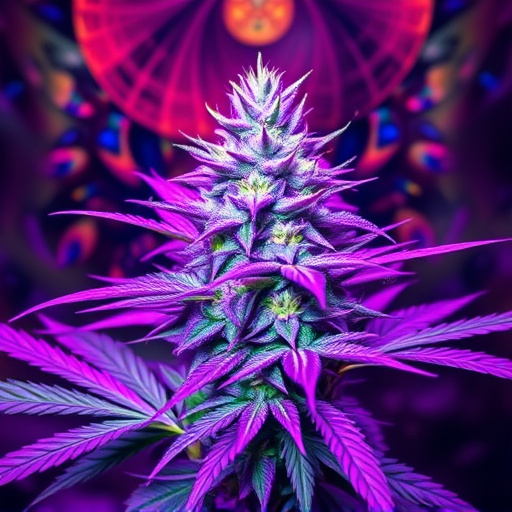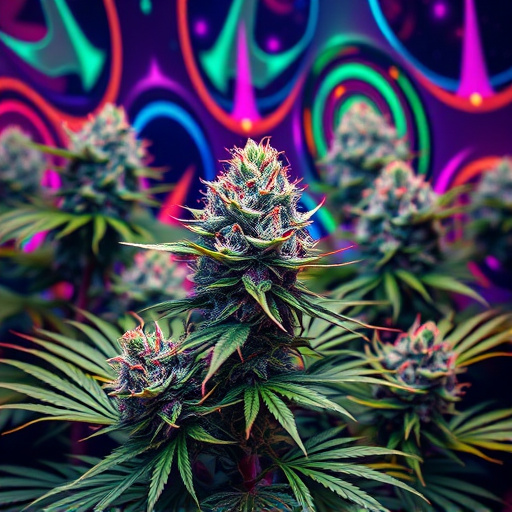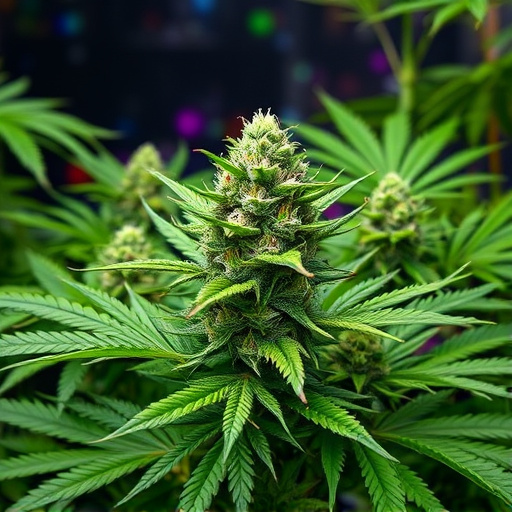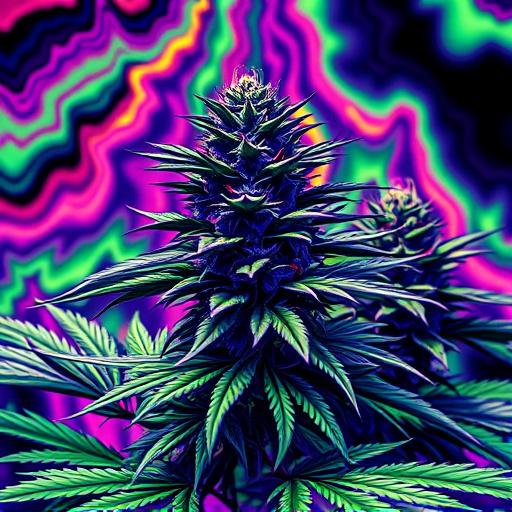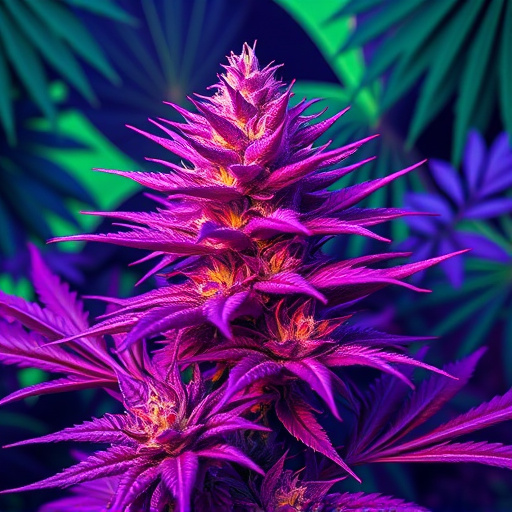The unique genetic makeup of cannabis plants, particularly high THC and varying CBD levels, significantly impacts user experiences, with psychedelic cannabis strains offering potent effects that can be modified by terpene compounds. Individual variations in biology, enzyme function (CYP2C9, CYP3A4), and the endocannabinoid system lead to diverse responses. Environmental factors like lighting and atmosphere, along with consumption methods (smoking/vaping vs. edibles) and dosage, play crucial roles in shaping the intensity and duration of effects from psychedelic cannabis strains.
Discover the intriguing factors that shape the unique effects of cannabis, from its genetic makeup to your individual biology. Explore how specific cannabinoid profiles, like those found in popular psychedelic cannabis strains, interact with our bodies. Delve into the role of environment, dosage, and consumption methods in enhancing or altering these experiences. Uncover the complex interplay that determines why cannabis affects individuals differently.
- Genetic Composition and Cannabinoid Profiles
- Individual Biology and Metabolism
- Environment, Dosage, and Consumption Methods
Genetic Composition and Cannabinoid Profiles
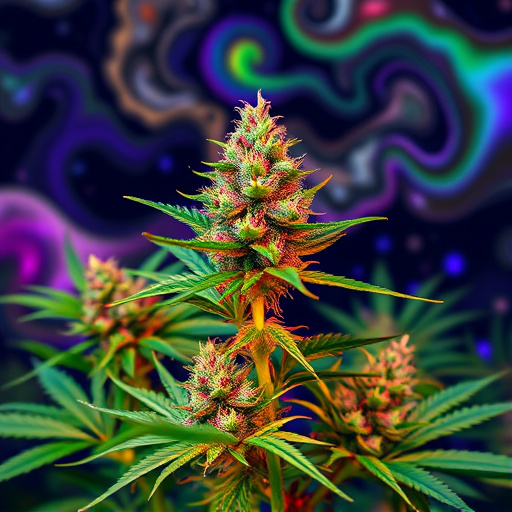
The genetic composition and cannabinoid profiles of cannabis plants play a significant role in dictating the effects users experience, including whether a strain is considered psychedelic. Different cannabis varieties, or strains, possess unique combinations of cannabinoids such as THC (tetrahydrocannabinol) and CBD (cannabidiol), along with various terpene compounds. These chemical components interact with our bodies’ endocannabinoid system, modulating mood, perception, and cognition.
Psychedelic cannabis strains are known for their higher concentrations of THC, which is the primary psychoactive compound responsible for inducing altered states of consciousness. However, it’s not just the THC content that matters; the presence and ratios of other cannabinoids like CBD can significantly impact the overall effect. Some studies suggest that CBD may counteract the anxiety-inducing effects of THC, offering a more balanced experience. Terpenes, aromatic compounds found in cannabis, also contribute to the strain’s profile, adding complexity to the sensory experience and potentially enhancing or modifying the psychedelic journey.
Individual Biology and Metabolism
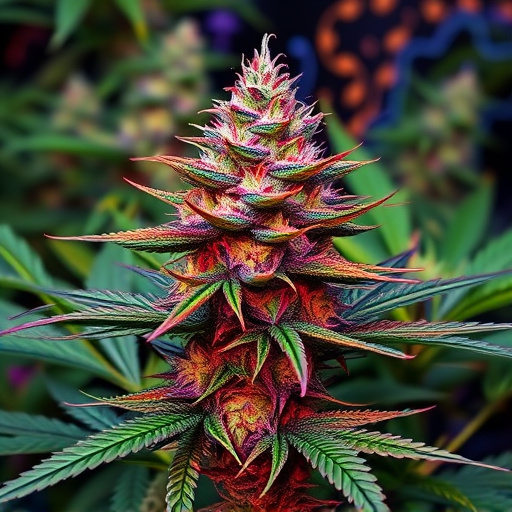
The effects of cannabis can vary drastically from person to person, and a significant contributor is individual biology and metabolism. Each person’s body processes cannabis differently due to genetic variations in enzymes responsible for metabolizing cannabinoids like THC (tetrahydrocannabinol), the primary psychoactive compound found in psychedelic cannabis strains. These enzymes, particularly CYP2C9 and CYP3A4, play a crucial role in determining how quickly and extensively THC is broken down and absorbed into the bloodstream.
Variations in these enzymes can lead to unique responses to cannabis consumption. For instance, slower metabolism could result in a more intense high due to higher THC levels in the system. Conversely, faster metabolism might reduce the effects, as the body rapidly processes out THC. Additionally, individual differences in endocannabinoid systems, which are responsible for regulating mood, memory, and perception, can further modulate how individuals experience the psychological aspects of cannabis consumption, especially with psychedelic strains known for their potent effects.
Environment, Dosage, and Consumption Methods
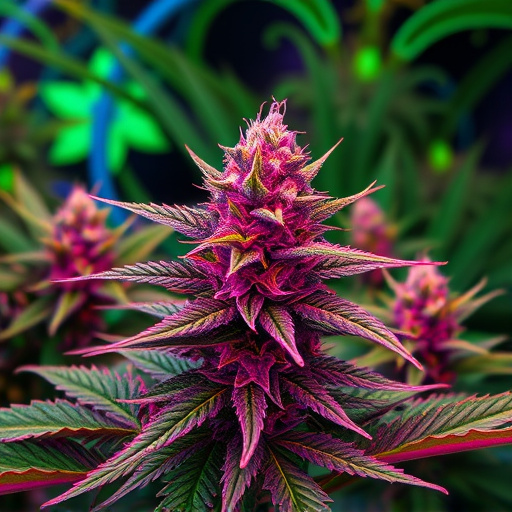
The environment in which cannabis is consumed plays a significant role in its effects. Factors like lighting, atmosphere, and surroundings can enhance or alter the sensory experience. For instance, dimly lit rooms or natural outdoor settings might intensify the psychedelic qualities of certain psychedelic cannabis strains, creating a more immersive and vivid high. The setting can also influence how individuals interpret and perceive their state of mind, potentially amplifying feelings of relaxation or heightened awareness.
Dosage is another critical aspect that affects cannabis effects. Different strains vary widely in their concentration of cannabinoids like THC and CBD. Higher concentrations of THC are generally associated with more intense psychedelic experiences, while a balanced ratio of THC to CBD may offer a milder, more soothing trip. Consumption methods also contribute; smoking or vaping can lead to quicker onset but shorter duration, whereas edibles take longer to kick in but provide a longer-lasting effect. Each method delivers cannabinoids differently into the body, impacting the overall user experience, especially with psychedelic cannabis strains.
Understanding the multifaceted factors that influence cannabis effects is key to unlocking its full potential, both medicinal and recreational. From genetic composition and individual biology to environmental variables and consumption methods, each plays a unique role in shaping the user’s experience. When seeking optimal results, whether for therapeutic benefits or exploring psychedelic cannabis strains, considering these factors empowers individuals to make informed choices and harness the plant’s vast array of effects.

